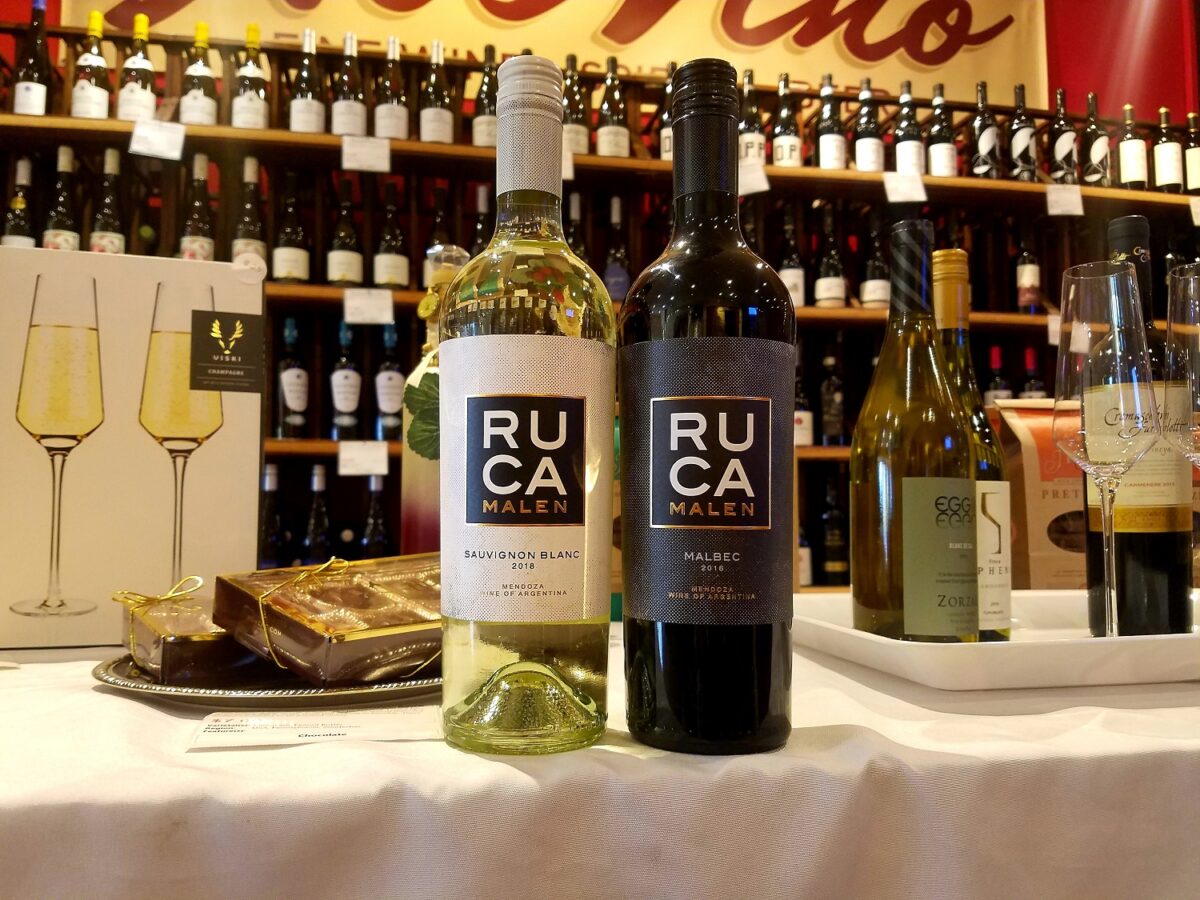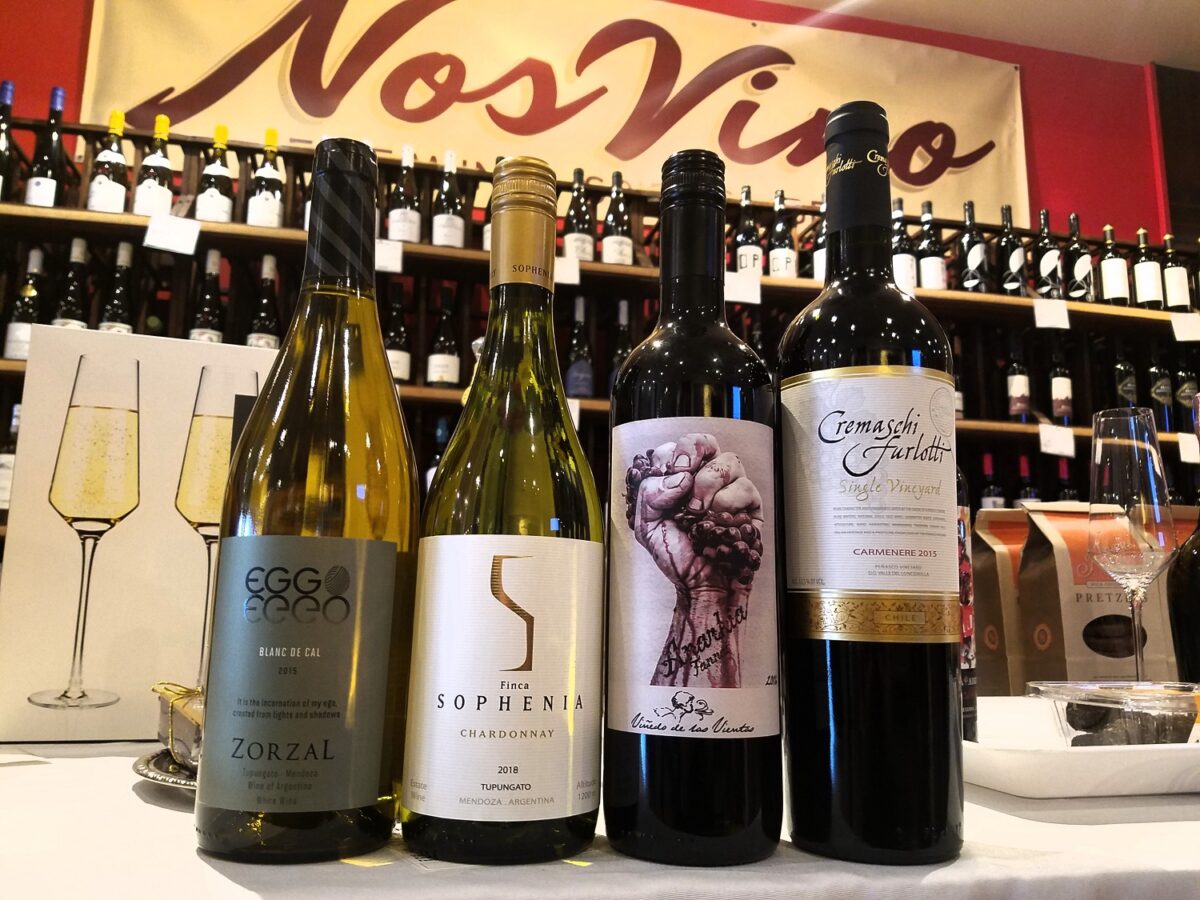The season is officially in bloom; everywhere you turn an abundance of color can be found. Each tree is adorned with inspiration for new beginnings; you gaze at vivacious and inviting shades of green, magenta, yellow, and perhaps the most enticing of all—pink.
For many a wine drinker, a change in weather is also indicative of a change in wine. That doesn’t mean on a scorching Sunday afternoon in August, seated in a well air-conditioned room, you can’t partake in the sipping of a hefty California Cabernet, but let’s get truly seasonal here—and the truth is, springtime brings out the rosé in almost all of us.
Rosé has many styles, different production methods, and can be made from countless varietals. It is almost always made from red grapes, but may sometimes be blended with white varietals as well. The color of rosé wine can range anywhere from very pale, almost peach, to cranberry juice red. It’s easy to be thrown off by its perky pinkness, equating it with sugar and spice and everything…well, you know the rest. Rosé, however, is not inherently sweet and certainly not in any way a “girly wine.” No matter the winemaking method, the amount of color in rosé depends on the amount of time the juice from the grape remains in contact with its skins. The amount of residual sugar (level of sweetness) depends on when the fermentation is stopped. Both of these factors are dependent on the winemaker and desired style of the wine.
We’ve thumbed through our collection and decided on four distinguished and exceptional rosés to taste with you this Saturday: the Caseneuve rosé from Provence, France; Maison Noir Wines Love Drunk rosé from Oregon; Bacalhôa JP Azeitão rosé from Portugal; and Ducourt Rosé Limé from Bordeaux, France. Here’s what they have to offer:
Our Caseneuve is a classic example of rosé from Provence, and if any region in the world knows how to make rosé, it’s Provence! Greeks planted grapevines in this magical French region over 2,600 years ago and since the method of macerating red wine grapes, which gives red wine its color, was very uncommon, rosé was being made right from the start and continues to be loved by people all over the world. This delicate and beautifully dry rosé is made from Grenache, Syrah, and Cinsault. It is a lovely pale salmon color with fresh, inviting aromas of strawberry and raspberry. On the palate you experience wonderful notes of tangerine and summer berries. This light and gentle wine has crisp acidity and works perfectly as an aperitif, with salads, fish, or poultry. It also really likes to be the center of attention, so you may wish to savor it without food.
Maison Noir Wines Love Drunk rosé is brimming with character and unsurpassed style. Made in Oregon from a blend of Chardonnay and Pinot Noir, this dry pink has been described as “intoxicating” and it is said that Much like new love, it clouds the brain, causes eyes to sparkle, cheeks to glow, blood pressure to rise, and lips to pucker–sounds like it’s worth a sip to us. Delightful aromas of raspberry and strawberry lead into refreshing flavors of watermelon rind, wild strawberry, and a hint of kiwi. The Love Drunk pairs well with first dates, midnight rendezvous, and fruit salads.
Bachalhôa JP Azeitão rosé comes to us from the Península de Setúbal region in Portugal. It is made from 100% Syrah and is a lovely hue reminiscent of pink grapefruit. It is marked by intense notes of cherries, roses, and wildflowers that follow through to the palate to create an elegant wine with a remarkable balance of acidity and minerality. This rosé is refreshing and lively. Pair the JP Azeitão with light fish dishes, cheeses, and chicken.
The Ducourt Rosé Limé is a fun and slightly fizzy wine with a pleasant, citrusy sweetness. Not your typical rosé, this party-lover comes to us from France’s Entre-Deux-Mers, a sub-region of Grand Papa Bordeaux, and is made from Merlot. It is considered to be a rebirth of a French café classic—this fruit-infused style of wine being very popular in the cafés of Southwest France and brasseries of Paris in the 1950s. Crafted around a spirit of joy and pleasure, the Rosé Limé, a dazzling pale pink, invites us in with aromas of red berries and grapefruit zest. The taste is fresh and crisp with a harmonious blend of sweetness and sparkle. Pair this sprightly spritzer with tapas, charcuterie, salads, spicy dishes, light desserts, and good times.
Stop in Saturday and drink some pink with us. Let’s look forward to going outside sans jacket, and coming home to a refreshing glass of rosé out on the patio. Happy spring!









